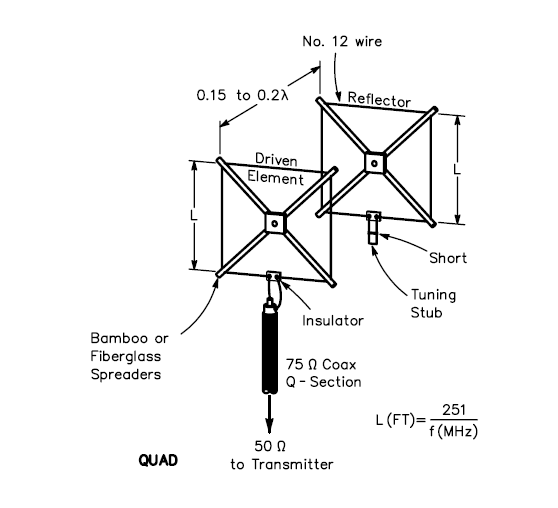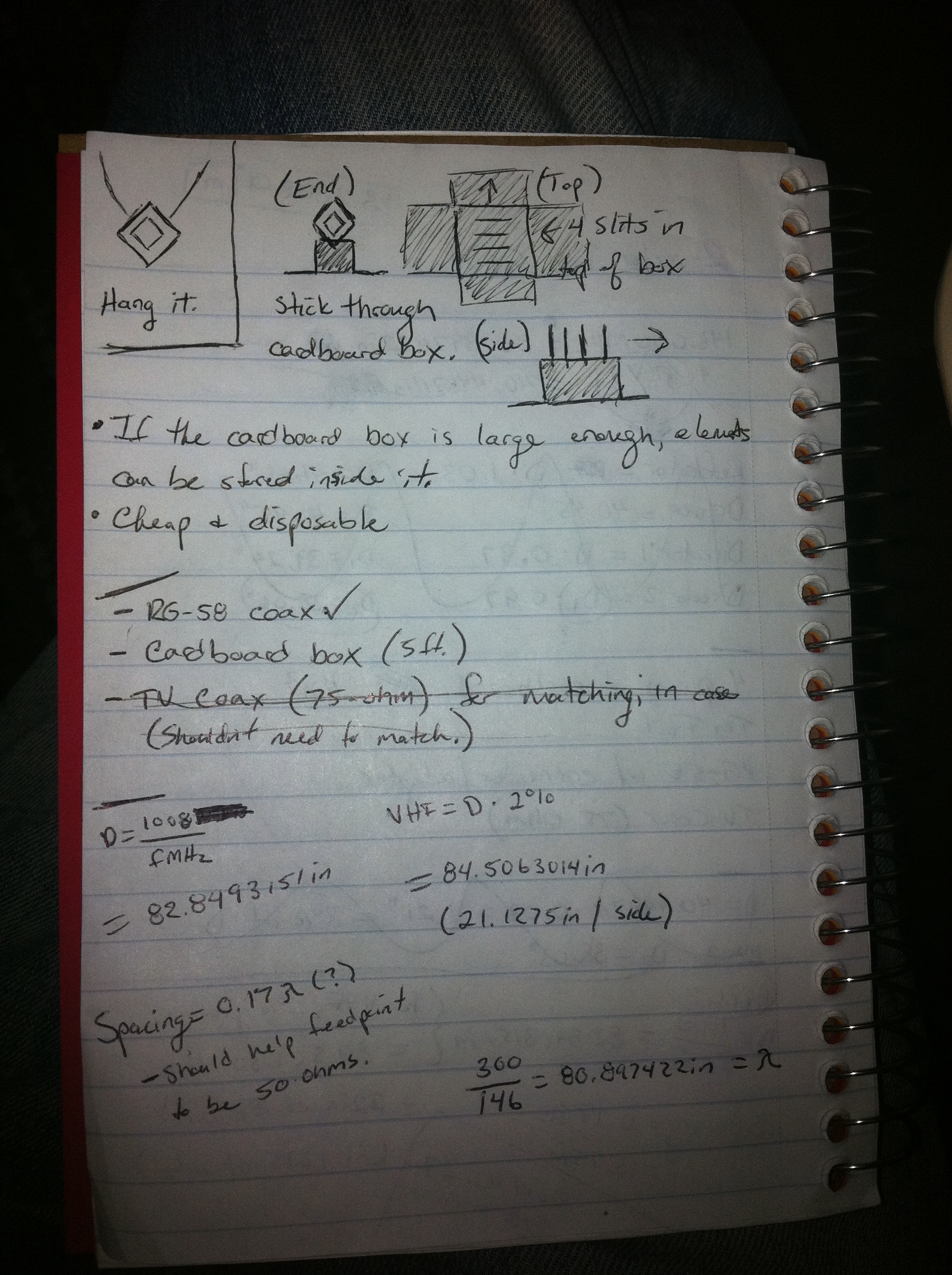The North American QSO Party is coming up from 1800Z August 20 to 0600Z August 21, 2011 (Third full weekend in August). I haven’t been keeping up on contesting like I wanted to for the site, but this one should be good fun if you can get on the air. Check the National Contest Journal’s Website for more information on rules, submissions, categories, and results.
From the NCJ Website:
The North American QSO Parties are favorites of beginners and seasoned operators alike. With their low-power only, multipliers-per-band format, these contests allow stations from all parts of North America to be in the running for the top spots. And their 10/12 hour format allows participants to do some great contesting and still have time for other activities during the weekend! Participants can enter in the single op or multi-op categories and have the opportunity to combine up to five separate single op scores into a team score.
Also, power and band restrictions are notable:
Output power must be limited to 100 watts for eligible entries. Use of external amplifiers capable of more than 100 watts output is not allowed.
Bands: 160, 80, 40, 20, 15, 10 meters only, except no 160 meters for the RTTY contest. You may work a station once per band.
Suggested frequencies are 1815, 3535, 7035, 14035, 21035 and 28035 kHz (35 kHz up from band edge for Novice/Tech) on CW; and 1865, 3850, 7225, 14250, 21300, 28500 kHz (28450 for Novice/Tech) on SSB.
When operating on 160-meters, please respect the DX window of 1830-1840 kHz and keep SSB operations above 1840 kHz.
Exchange and multiplier information:
Exchange: Operator name and station location (state, province or country) for North American stations; operator name only for non-North American stations. If the name sent is changed during the contest, as sometimes happens with multi-operator stations, the name used for each QSO must be clearly identified in the log.
Multipliers: Are U.S. states (including KH6 and KL7), 13 Canadian provinces/territories (British Columbia, Alberta, Saskatchewan, Manitoba, Ontario, Quebec, New Brunswick, Nova Scotia, PEI, Newfoundland/Labrador, Yukon, NWT and Nunavut) and other North American countries. District of Columbia counts as Maryland. Non-North American countries, maritime mobiles and aeronautical mobiles do not count as multipliers, but may be worked for QSO credit.
I find this contest to be a lot of fun, and there is certainly a lot of activity to enjoy. If you get the chance to listen to or participate in it, go for it. I might even build a couple of antennas just for this contest and ask a friend to combine with me as a team station. Good luck!


